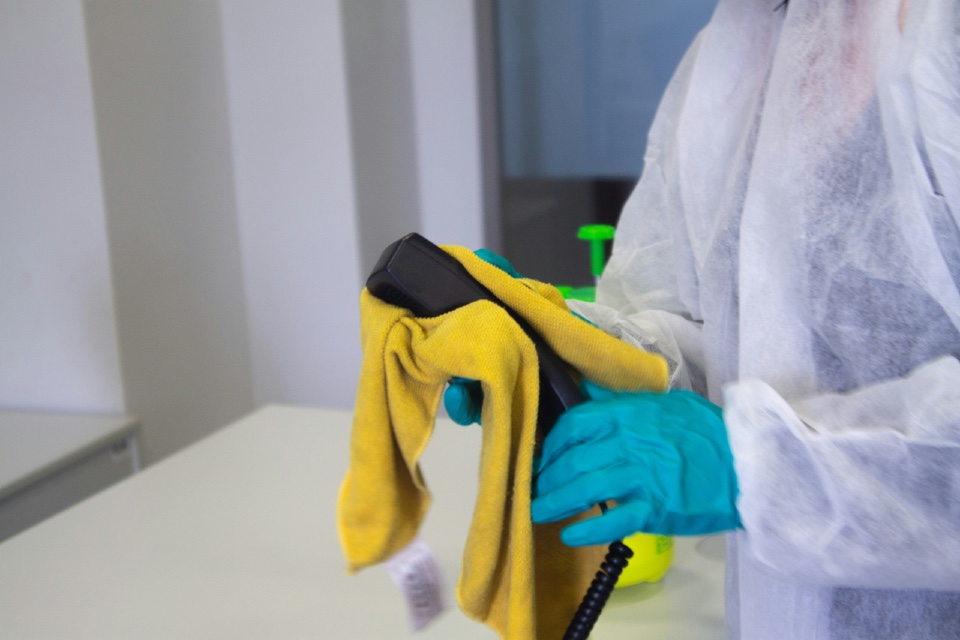Infection control in care homes has always been a high priority, but the events of recent years have underscored just how critical a well-informed, safety-conscious workforce can be. While cutting-edge hygiene technologies and medical-grade disinfectants play an important role, it is the people on the ground, including carers, cleaners, catering staff, and administrators, who ultimately uphold infection control day to day. The focus is shifting toward embedding infection prevention into the very culture of care homes…
Training as a Continuous Process
Today’s best-practice approach recognises the need for ongoing, role-specific training that evolves with new risks and regulations. Leading care homes are now offering interactive, scenario-based e-learning, frequent microlearning updates, and hands-on workshops that address both the clinical and behavioural aspects of infection control.
Digital platforms are making it easier to deliver, track, and audit training, while ensuring compliance with standards from the Care Quality Commission (CQC), UK Health Security Agency, and other bodies. Crucially, these tools also help identify knowledge gaps and ensure that temporary or agency staff are brought up to speed quickly.
Fostering a Safety-First Culture
Training is only one part of the equation. Culture, i.e. the shared values, behaviours, and expectations that govern how staff act, must also support infection control efforts. A culture of safety encourages every member of staff to take ownership of infection risks, speak up about concerns, and consistently follow protocols without needing reminders.
This starts at the top. When leaders and senior carers model excellent hygiene behaviours, acknowledge staff contributions, and promote open dialogue around infection concerns, it sets the tone for the entire care environment. Regular team briefings, visual reminders, and incentive programmes are being used by many providers to keep infection prevention top of mind.
Resident Engagement Matters Too
An inclusive culture extends to residents and their families. Educating them on hand hygiene, cough etiquette, and outbreak procedures, while ensuring communication is empathetic and clear, helps reinforce good habits and reduces friction when restrictions are necessary.
The ROI of a Human-Centred Approach
Care homes that invest in staff education and a culture of accountability are seeing measurable outcomes: lower infection rates, improved inspection outcomes, higher staff retention, and stronger family trust. As the sector continues to face staffing pressures, supporting teams with the tools and mindset for effective infection control is essential for resilience.
Infection control begins and ends with people. In 2025, the care homes that succeed will be those that recognise the power of culture and continuous learning in keeping everyone safe.
Are you searching for Infection Control solutions for your organisation? The Care Forum can help!





